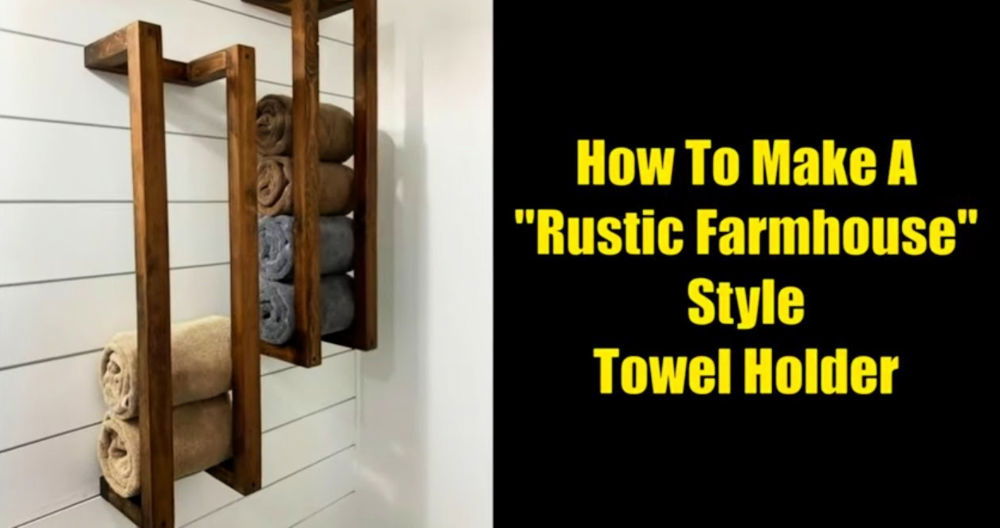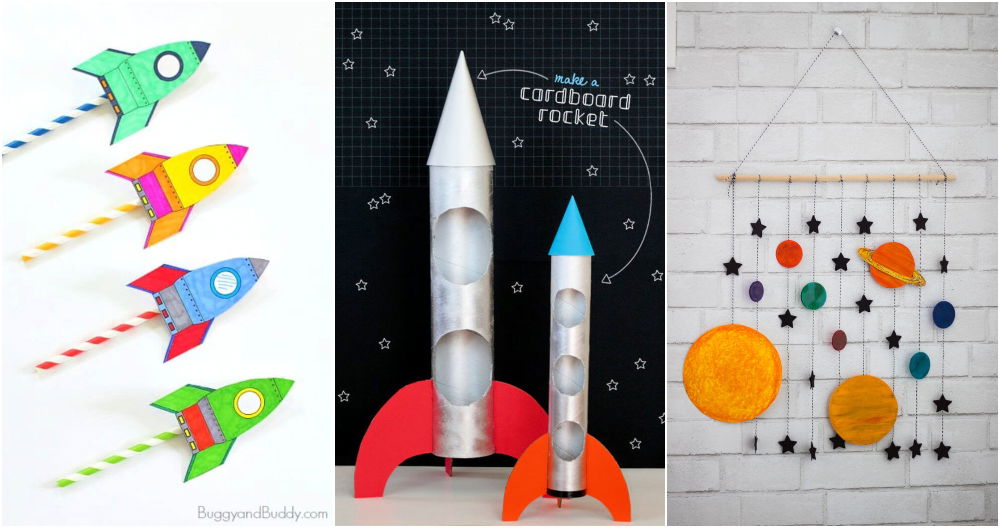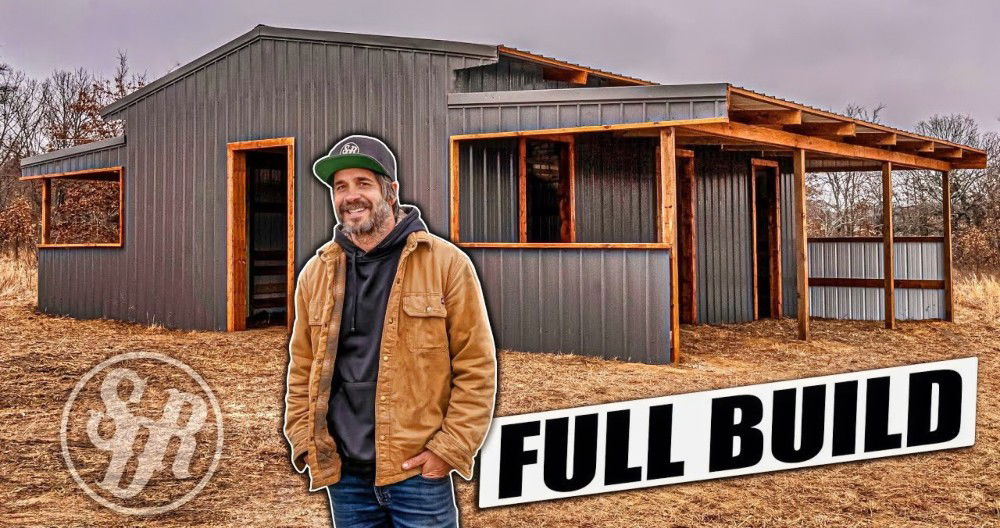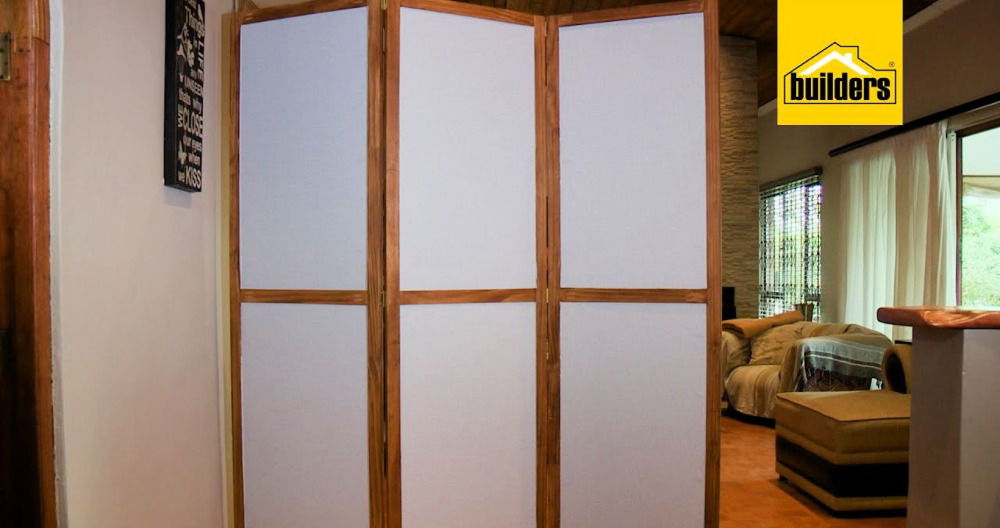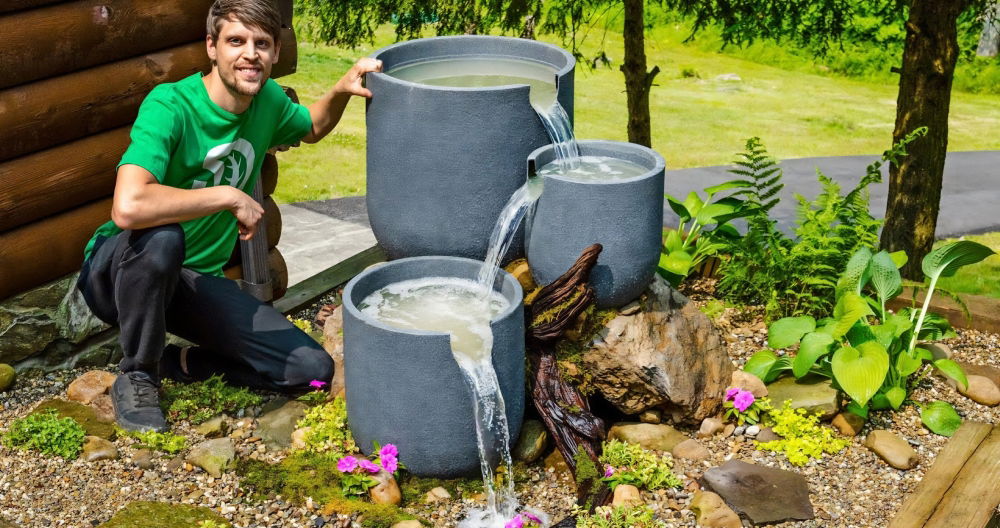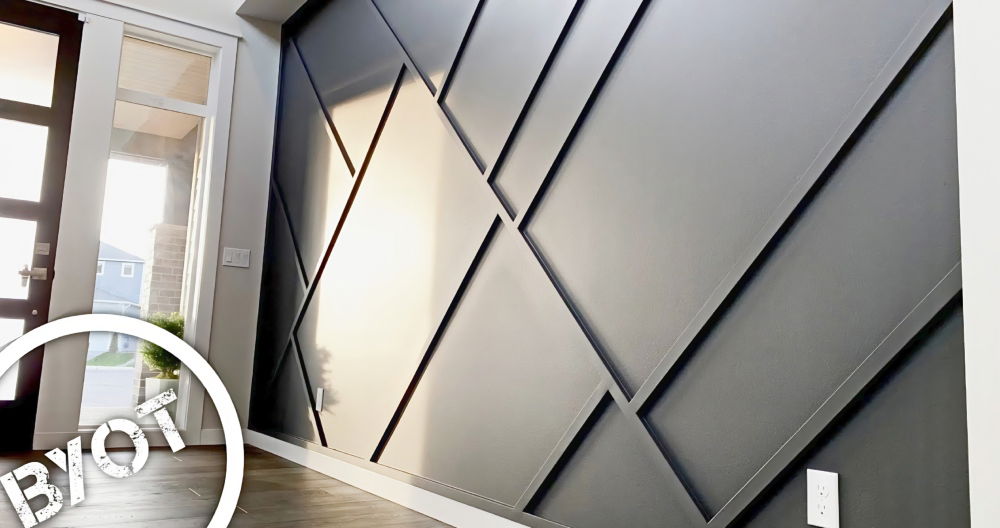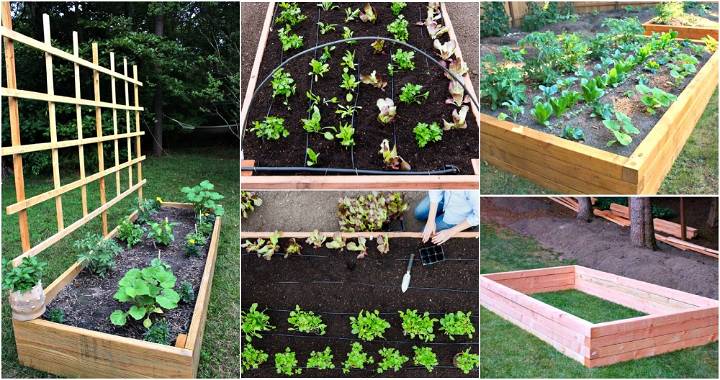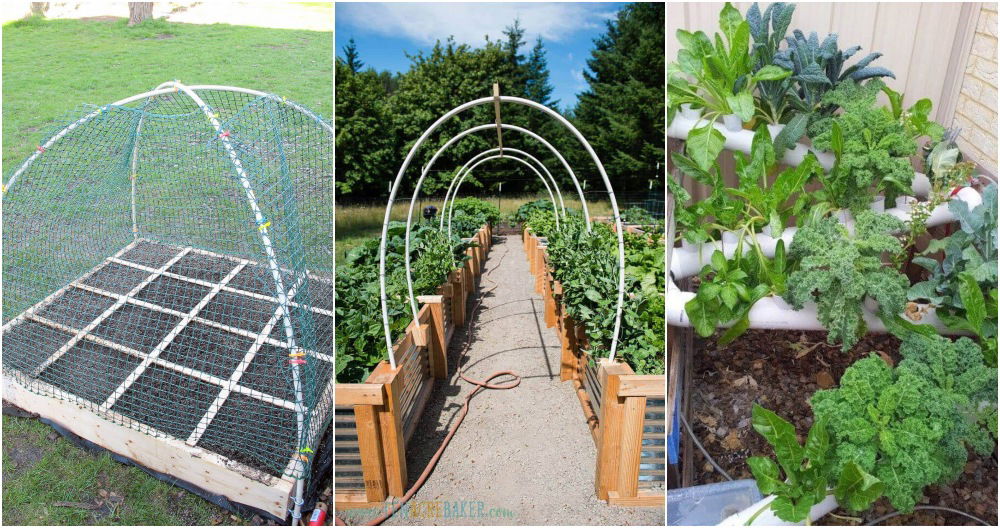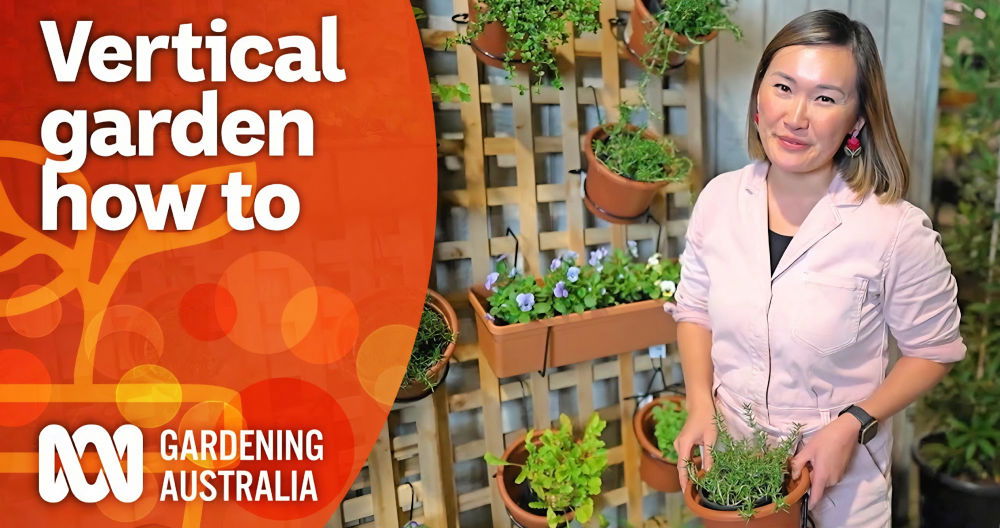Building a DIY tower garden was one of the best decisions I made to maximize my small yard space. It started as a weekend project with a few plastic pipes, some soil, and seeds. The garden grew taller, allowing me to plant various vegetables in a minimal area. It was fascinating to see how much could grow vertically.
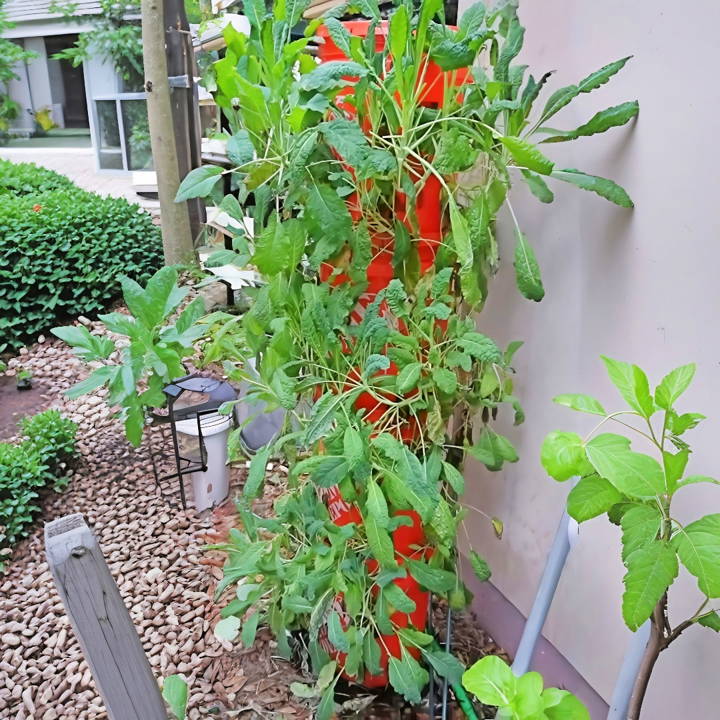
Making a DIY vertical hydroponic garden took my gardening to the next level. With this system, I didn't need soil, just water and nutrients. It's amazing to see how fresh herbs and veggies thrived in it.
Grow fresh produce at home with our DIY tower garden guide. Easy, space-saving vertical gardening, perfect for beginners. Start your garden today!
Materials You'll Need
- 5-gallon buckets: They're affordable and widely available. I got mine from a local eatery, but you can find them at hardware stores too.
- One and three-quarter-inch hole saw: Essential for making plant sockets in the buckets.
- Cloning collars or pool noodles: These are used to hold the plants in place. I found cloning collars work perfectly due to their snug fit and versatility.
- Quarter-inch drill bit: For making small ventilation holes.
- Nutrients for hydroponics: Essential for feeding your plants, since we're not using soil.
- Microgreens or baby plants: To kickstart your garden.
Why These Materials?
Each material is selected for its availability, cost-effectiveness, and functionality. The buckets serve as our main garden structure, while the cloning collars provide an innovative way to secure the plants. The small ventilation holes ensure proper air circulation, crucial for plant health.
Step by Step Instructions
Learn how to make a DIY tower garden with our step-by-step instructions. Perfect for small spaces and beginner gardeners.
Step 1: Preparing Your Buckets
Take your 5-gallon buckets and, using your hole saw, drill 4-8 holes around the perimeter, a couple of inches below the rim. This will be your plant sites. Keep in mind the purpose of the spacing: You want to give each plant enough room to grow without overcrowding.
Step 2: Enhancing Bucket Ventilation
To ensure your plants get enough air, especially in a humid environment, drill small ventilation holes just below the rim of the buckets. This step is essential for preventing mold and promoting healthy root development.
Step 3: Making a Water-Resilient System
Instead of drilling holes at the bottom, we maintain the bucket's integrity by keeping our water level beneath the plant holes. This design choice not only prevents leakage but also makes the system more robust and stackable. Plus, it guards against overwatering in the event of rain – a real concern in open-air setups.
Step 4: Assembling Your Tower
Once you have your buckets prepared, stack them securely. If you're apprehensive about the weight, start with fewer buckets until you see how sturdy your setup is. Remember, this is a DIY project that's meant to be customizable and adaptive to your space and needs.
Step 5: Planting Time
Now, for the exciting part – planting your microgreens or baby plants. Whether you've opted for cloning collars or pool noodles, ensure the roots have direct contact with the nutrient-rich water inside the bucket. But be mindful of the water level; it should never fully submerge the plant roots to prevent root rot.
Step 6: Maintenance and Care
One of the beauties of this system is its low maintenance. Check the water level weekly, ensuring it doesn't fall below the roots' reach. Top up with nutrient solution as needed. And that's pretty much it! Without the need for electricity or complex systems, this garden tower is astonishingly carefree.
Optimal Plant Selection
When it comes to making a thriving tower garden, selecting the right plants is crucial. Here's a guide to help you choose the best plants for your vertical garden, ensuring they grow healthy and strong.
Herbs: Aromatic and easy to grow
Herbs are perfect for tower gardens due to their compact size and low maintenance needs. Consider these options:
- Basil: With its lush leaves and fragrant aroma, basil is a favorite. It loves warm weather and plenty of sunlight.
- Mint: Hardy and vigorous, mint spreads quickly. Keep it in check by planting it alone in a single section.
- Parsley: This biennial herb enjoys partial shade, making it ideal for lower levels of the tower garden.
Vegetables: Fresh and Nutritious
Many vegetables adapt well to vertical gardening. Here are some that thrive:
- Lettuce: A cool-weather crop that grows quickly. It prefers shady spots, so place it on the north side of the tower.
- Spinach: Another leafy green that enjoys cooler temperatures and can be harvested multiple times.
- Cherry Tomatoes: These need more space and support but reward you with a bountiful harvest.
Flowers: Colorful and Beneficial
Flowers aren't just for beauty; they can attract pollinators and repel pests. Include these in your tower:
- Marigolds: Their bright blooms deter many garden pests and they're incredibly easy to grow.
- Nasturtiums: These edible flowers add a peppery taste to salads and act as a trap crop for aphids.
- Petunias: With their wide range of colors, petunias will add a splash of color and charm to your tower garden.
Companion Planting: Synergy in Growth
Planting certain plants together can benefit them by deterring pests, improving growth, or enhancing flavor. For example:
- Basil and Tomatoes: Basil repels insects and may improve the taste of tomatoes.
- Lettuce and Marigolds: Marigolds can protect lettuce from pests while adding visual appeal.
Pick plants for your tower garden by balancing their light, temperature, and space needs. For success, aim for diversity. Combine different plants for a productive and beautiful garden.
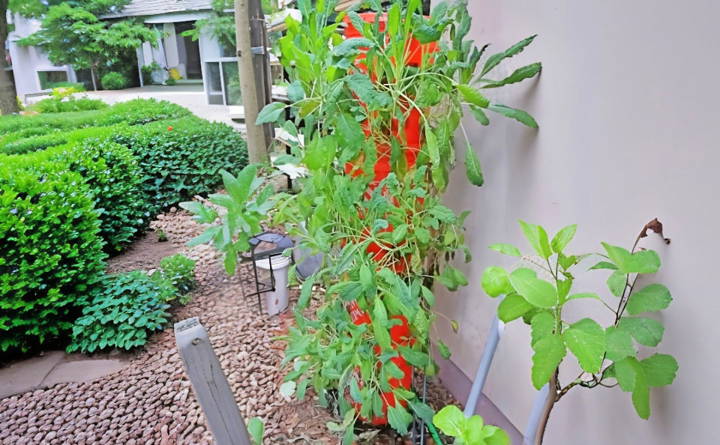
Troubleshooting
Making a tower garden can be a rewarding experience, but sometimes, you might encounter a few hiccups along the way. Here's a straightforward guide to help you solve some common problems you may face.
Water Leaks
If water is leaking from your tower garden, it's essential to ensure that the garden is on a level surface. An uneven base can cause leaks around the growing ports or section seams. If the system is level but still leaks, try pushing the growing sections together more tightly.
Pump Issues
The pump is the heart of your tower garden, circulating water and nutrients. If it stops working, check if plant roots have clogged it. Here's how to fix it:
- Unplug the pump.
- Remove it and clean any debris.
- Trim roots that may extend into the reservoir.
pH Imbalance
Maintaining the right pH is vital for plant health. If you notice constant fluctuations:
- Use an RV water filter for hard water.
- For softened water, consider a reverse osmosis system or use distilled water.
- If using chlorinated tap water, let it sit in the sun for 48 hours to dissipate the chlorine.
Algae Growth
Algae on rockwool is common and usually harmless. It thrives in the nutrient-rich, moist environment of a tower garden. To manage algae:
- Reduce excess light exposure.
- Ensure proper air circulation around the base of your plants.
Pest Control
Indoor gardens can attract pests. Regularly inspect your plants for aphids, small caterpillars, and eggs. Start with fresh plants indoors to reduce the risk of infestation.
Germination Troubles
If seeds aren't sprouting:
- Check seed quality; always use seeds from reliable sources.
- Ensure the seeds have the right conditions—moisture, warmth, and light.
Slow Growth or Poor Yield
Plants need adequate light as soon as they sprout. If your plants are growing slowly or not producing well:
- Adjust the light source to provide sufficient intensity.
- Check that the plants are getting the right nutrients in the correct proportions.
By addressing these common issues promptly, you can keep your tower garden flourishing.
FAQs About DIY Tower Garden
Discover answers to common questions about DIY tower garden setups, maintenance, and benefits. Learn how to grow your own fresh produce easily!
A DIY Tower Garden is a vertical, aeroponic growing system that allows you to cultivate plants without soil. It uses water and a nutrient solution to deliver food to the plants’ roots in a highly efficient manner. This type of garden is perfect for small spaces and can be used to grow vegetables, herbs, and flowers.
To start building your own Tower Garden, you'll need a few basic supplies such as PVC pipes, a pump, and net pots. The process involves making a vertical structure that houses the plants and circulates the nutrient solution through the system. Detailed guides and step-by-step instructions are available online to help you through the process.
You can grow a wide variety of plants in a Tower Garden, including leafy greens like lettuce and spinach, herbs like basil and mint, and even small fruiting plants like strawberries and tomatoes. It’s important to choose plants that have similar light and water needs for the best results.
Maintaining your Tower Garden involves regularly checking the pH and nutrient levels of the water, ensuring the pump is functioning correctly, and watching out for pests. It's also important to prune and harvest your plants to keep them healthy and productive.
Yes, you can use a Tower Garden indoors, provided you have a sufficient light source for your plants. This can be natural sunlight from a window or artificial grow lights. Indoor Tower Gardens are a great way to enjoy fresh produce year-round.
Final Thoughts:
Wrapping up, making a DIY tower garden is a fantastic way to maximize your space efficiently. It allows for more plants in a limited area and promotes sustainable living. Start your own DIY vertical hydroponic garden today to enjoy fresh, home-grown produce all year round. Don't wait to transform your urban space into a green oasis.


